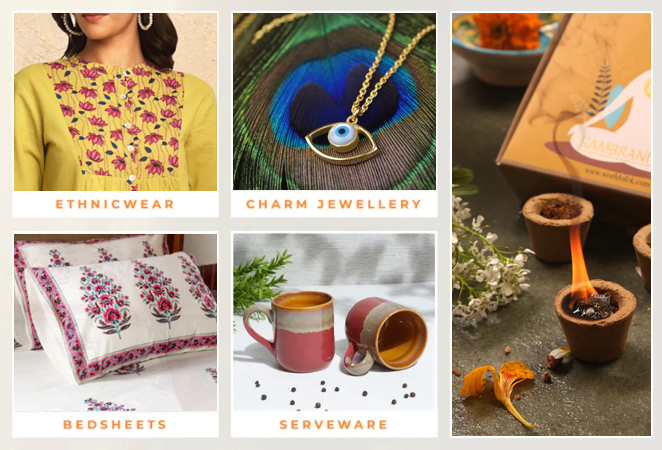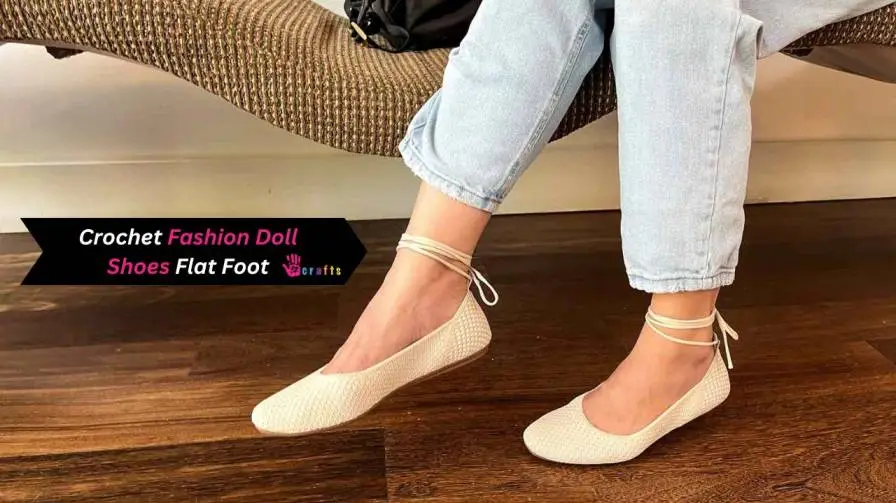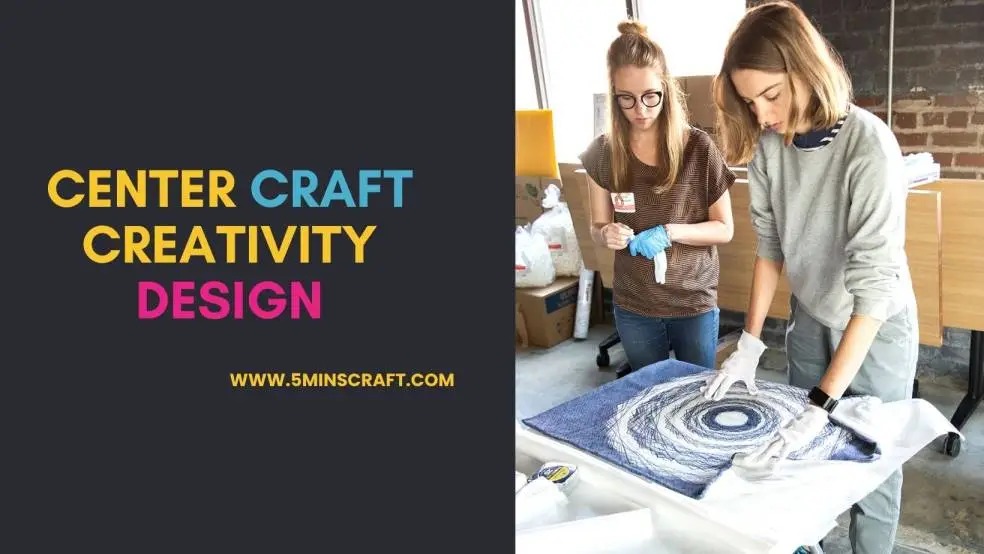In India, woodcut prints hold a place of pride! The timeworn craft of dyeing and colouring a fabric using wooden blocks have been perfected over generations. It is said that the printing and dyeing of fabrics like cotton originated in the state of Rajasthan, and was then well-timed by Gujarat. Today, the art form is moreover practiced in the states of Andhra Pradesh, West Bengal, Punjab, Madhya Pradesh, Uttar Pradesh, and Maharashtra.

What is Woodcut printing?
Block printing refers to the printing technique of pressing and stamping fabric with carved wooden blocks filled with color. Hand blocked or hand woodcut printing are other terms that refer to woodcut printing.
Going lanugo the memory lane
In India, Woodcut printing on fabrics was introduced by the Chippa polity (the traditional dyers) located in the Bagru district of Rajasthan. Woodcut printing art on fabric has been passed lanugo to generations introducing various printing forms like Bagru printing, Sanganeri printing, Kalamkari woodcut printing, Ajrakh printing, etc.
Bagru, a small town near Jaipur is a major hub for traditional hand woodcut printing practiced by the Chippas using natural colours and pursuit ethnic methods. Designs cut out on wooden blocks are transferred into textiles using 2 styles – uncontrived printing and resist dye style (Dabu).

In this post, let us explore Bagru printing – the warmed-over tradition of Bagru hand woodcut printing. In a society structured equal to inherited roles and customs, the Chippas protract day without day to stamp lengths of cotton fabric with verisimilitude using hand-carved wood blocks. They were taught this trade by their parents, who were, in turn, taught by theirs, each generation working scrutinizingly exactly as the one before, going when at least 300 years – this is laudable and speaks volumes well-nigh the dedication of the Chippas towards their craft.

A name worth mentioning is Suraj Narain Titanwala, who despite the odds, has kept working the traditional method of Bagru hand woodcut printing. His family has been Chippas for the past eight generations, his forefathers used to diamond garments for Sawai Jai Singh II, the founder of Jaipur, and had designed fabric for the royalty.

Suraj Narain Titanwala, won the National Award in 2011 for his craft. He dreamt a big dream – The dream of establishing a one-of-a-kind Textile Museum that would curate his unique hodgepodge of vintage blocks, heritage textiles, and warmed-over vessels used in the traditional process of Hand Woodcut Printing with natural dyes and colors. This dream was realized on 25 February 2019 when the Union Textiles Minister inaugurated the museum and it officially opened for the public. Titanwala Museum captures the minutiae of Bagru printing industry and showcases the craft of woodcut printing.

The process of Bagru Woodcut Printing
Hand woodcut printing is a ramified and labor-intensive craft that involves a variety of skills at variegated stages:

Carving the Block
The wooden blocks are made by craftspeople, relying on their traditional tools; compass, saw, routers, rulers, chisels, and wooden mallet. Each diamond usually requires a set of several variegated blocks, including an outline (rekh), a preliminaries (gad), and a filler (datta).

Preparing the cloth
The printing process begins with a raw, grey cotton reticulum which is either hand-woven or mill-made. The reticulum is treated with several variegated auxiliaries like bleaching to make it softer and increasingly absorbent. The swelling of fibers and opening of the pores in order to swizzle the printing paste uniformly ensures that the dyes will be colorfast and bright. Without this, the fabric is given a primary cream-yellow verisimilitude by applying HARDA SOLUTION (harda power in water without any wing of oil). The reticulum is then zestless in the sun and is ready to start printing.

Mixing the dyes
The dyestuffs are mixed in a printing tray which has stock-still size 25cms/35cms. First a bamboo frame known as TATI is put inside the tray. A layer of KAMALI (a woolen cloth) is placed on top. The dye solution, is prepared by mixing the verisimilitude into the binder, and is then poured into the tray, where it is soaked by the woolen cloth. Without this, printing of the fabric starts.

Printing the Fabric
There are two main types of printing used wontedly in Bagru: uncontrived dye printing and resisting printing. In both procedures, first the blocks are soaked overnight in mustard oil or refined oil and then washed. Printing is washed-up on wooden table, the size of which depends on the length of to be printed (~18 feet). These tables have a layer of ply on which there are 20 layers of tart and a sheet of reticulum on which comes the final fabric.
a. Uncontrived Dye Printing
In the first process, the dye solutions are poured into the tray. The printer presses the woodcut into the dye tray and then onto the reticulum until the pattern is complete. For every imprint, the woodcut is pressed into the tray to get a fresh smear of paste. The outline pattern is washed-up in blocks for the preliminaries and highlights in variegated colors. Once each pattern is complete, the reticulum is ready for the dye vat.
b. Resist Printing
The second technique, known locally as DABU printing, involves applying thick woebegone mud paste onto the fabric with the wood blocks. To speed the drying process and add strength to the resist paste, the dabu method is often used to fill in smaller, highlighted spots of the pattern.

Dyeing
a. Uncontrived Dyeing
Once the reticulum has been printed, it is zestless in the sun and finally ready for dyeing. The reticulum is dyed either in a hot dye suffuse in a copper vessel or a tomfool dye vat dug in the ground. For the hot dye, the copper vessel is filled with various combinations of Alizarin (a red dye traditionally made from madder root) mixed with Dabudiya flowers, and other vegetable and mineral dyes and fixations.
b. Indigo Dyeing
The tomfool sunken vat is reserved for Indigo Dyeing which imparts shades of blue. The vat is dug well-nigh 2 meters deep into the ground and is filled with indigo, lime, molasses, and water. The dyer may dip the reticulum several times for a deeper shade of undecorous or dry it for remoter Dabu printing to retain light undecorous and then later re-dye it.

Washing and Drying
Once the printing and dyeing are complete, the reticulum is then hand washed and sun-dried. This is followed by a final trammels for any quality issues and any wearing or sewing that needs to take place.

This completes the whole process and the hand block-printed fabric is ready.
You can visibly see the nonflexible work and dedication that goes into making each hand woodcut printed fabric. These are techniques that are rooted in the foundation of our history, when to a time when human craftmanship prevailed and modern machinery did not. Too often today these conventional techniques are replaced by shortcuts and conveniences unliable by our modern world. Lets try to stay true to tradition and alimony these time-honored skills working by supporting traditional craftsmen communities such as the Chippas of Bagru, Rajasthan. When you buy a handmade product, you support a dream, a polity and a tradition.
You may moreover like to read Handmade is Heartmade featuring itokri.com







